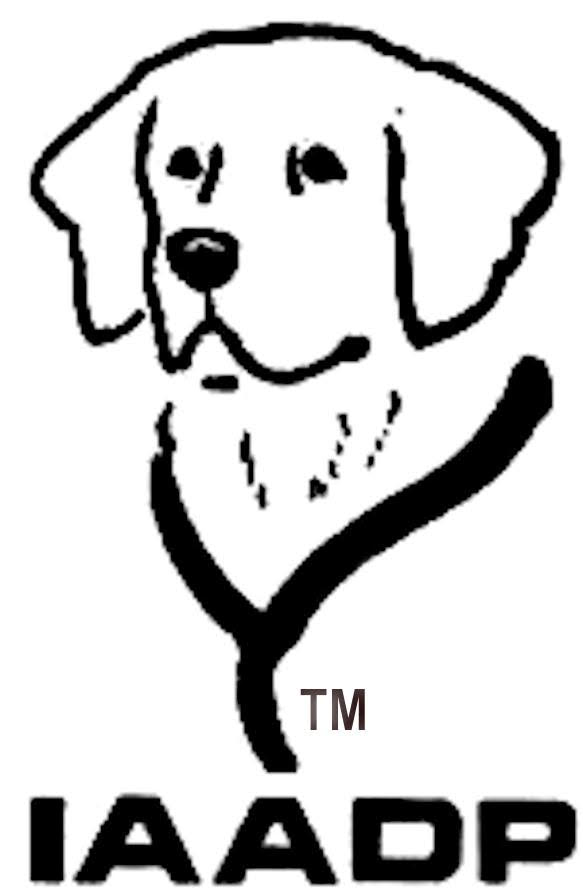Guide dog
Guide dogs for the blind guide visually impaired and blind people safely through known and unknown environments and thus directly help to facilitate independent mobility. Thus a person affected is no longer dependent on the help of e.g. strangers to find seats or shops in unfamiliar surroundings. In addition, the dog provides security in everyday life and independently avoids obstacles and seeks new paths if the planned route is blocked, e.g. by a construction site or ground obstacles.
Duties of a guide dog
The training of the guide dog for guiding work begins at the age of 1 to 1.5 years. The trainers practice all tasks with the guide dog always in environmental situations, where the guide dog will later work. Every guide dog learns to lead safely in small towns, villages and large cities. They are trained for 6-12 months in a guide dog harness and at the end they master about 40 audio signs. On command he finds traffic lights, stairs, doors, pedestrian crossings, mailboxes, counters, stops and free seats e.g. in buses and trains. If the dog has received a command such as "Search traffic light", he will head straight for the target and indicate this by stopping in front of it and, for example, putting his snout down at traffic lights or doors so that his partner can immediately feel the target by means of the dog's head. By refusing abysses, showing kerbs and height obstacles independently, the guide dog contributes to safety. The guide dog also learns to avoid potholes, puddles and other pedestrians.
At the end of the training, the trainers will test several times through blind walks with dark glasses whether the dog leads reliably. Only when the trainer notices that he can trust the dog completely and can also be led "blind" by him, the training can be finished.
For the German Assistance Dog Centre T.A.R.S.Q. it is important that the guide dog and the visually impaired dog become a good team. It is crucial that the guide dog and the human partner harmonize with each other, which can be tested in several trial runs with dogs on site.
This is followed by a training session, which is adapted to the individual needs of the visually impaired person and takes about 3 weeks both with the trainer on site and with the visually impaired person on site.







